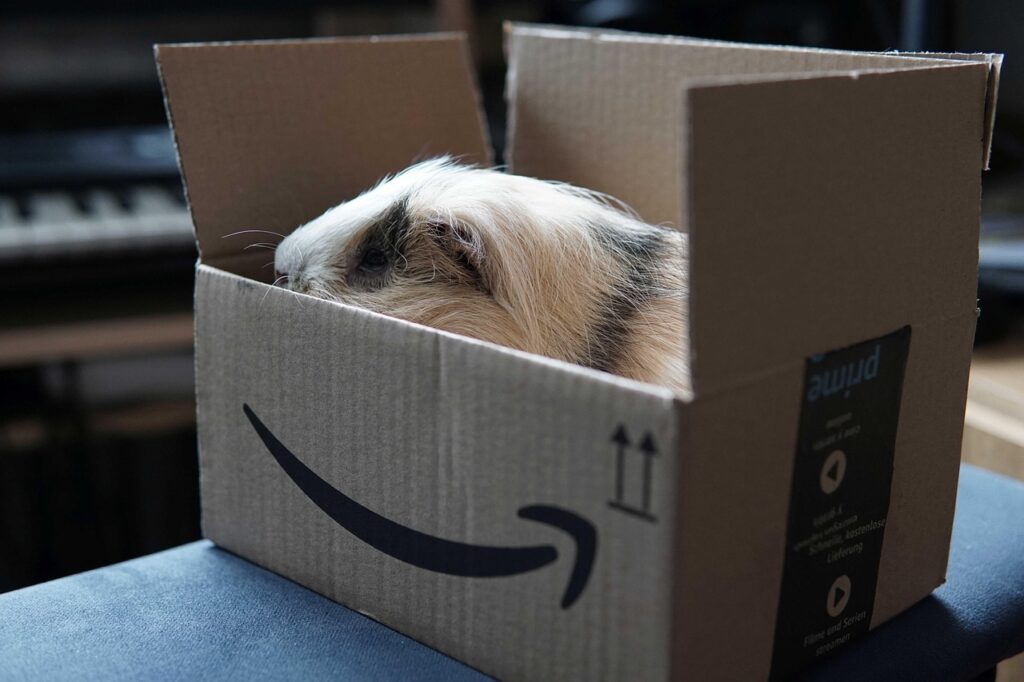Amazon is stepping up its eCommerce strategy in Germany with the launch of a new bargain portal called Haul. This move comes as a direct response to the growing influence of low-cost platforms like Temu and Shein, which are gaining traction among younger consumers across Europe. Initially available to select app users as of June 4, 2025, Haul is expected to roll out to all Amazon users in the coming weeks.
But what exactly is Haul, and how does it fit into Amazon’s broader digital commerce ecosystem? Let’s dive into the features, logistics, and market strategy behind this latest move from one of the world’s most powerful eCommerce players.
What is Amazon Haul – and Who Is It For?
Haul is a dedicated section within the Amazon mobile app that focuses on affordable lifestyle products, primarily priced under €20, with many items below €10. The offering includes fashion, home accessories, and seasonal trends – all packaged in a fun, youthful interface.
The design is clearly aimed at Gen Z and younger Millennials. Such as bright colors, playful icons, and trendy categories like “Social Faves” and “Y2K”. Amazon is using this new platform to attract consumers who are used to the flash-sale experience of Asian apps but are looking for greater trust and faster returns.
By offering a curated, low-cost shopping experience within its familiar infrastructure, Amazon is positioning Haul as a smart alternative to the rising tide of Chinese eCommerce apps. And with trust in platforms like Temu and Shein still a concern for some shoppers, Haul may become the go-to for affordable impulse purchases.
A Direct Response to Growing Asian Competition
The launch of Haul reflects Amazon’s strategic response to an increasingly competitive online retail environment. Platforms like Temu and Shein have rapidly expanded their European footprint, especially in Germany. Where they now account for around 6% of the eCommerce market – nearly triple the share from just a year ago.
These platforms leverage aggressive pricing, influencer marketing, and personalized content on TikTok and Instagram to capture younger consumers. Haul is Amazon’s answer: a blend of affordability, trendy design, and the security of its trusted delivery and return infrastructure.
Following successful rollouts in the U.S. (late 2024) and UK (May 2025), Germany is now next in line – a key step in Amazon’s gradual European expansion of the Haul brand.
Logistics, Delivery, and Incentives
While most Haul items are shipped directly from warehouses in China, Amazon assures customers that deliveries will be tracked, safe, and generally arrive within 1 to 2 weeks. Orders over €25 qualify for free shipping, and Amazon encourages higher basket values with discounts: 5% off from €50, and 10% off from €75.
Haul also maintains Amazon’s well-known 15-day return policy, giving it a major edge over competing platforms where returns can be complex or even discouraged. According to Amazon, all products sold via Haul meet EU safety and quality standards, offering shoppers peace of mind.
Competitive Edge and Future Challenges
Haul’s biggest advantage lies in the trust and reliability that Amazon has built over the years. In contrast to the uncertain user experience of many bargain apps, Haul users can rely on secure payments, timely delivery, and easy returns. This happens all while customers enjoy ultra-low prices.
However, future challenges may arise. The European Union is considering ending the VAT exemption for low-value goods imported from outside the EU by 2028. This could make cross-border imports more expensive and may impact Haul’s pricing model in the long run.
Still, Amazon’s logistical strength and adaptive pricing strategies may allow it to maintain competitiveness – even in a changing regulatory environment.
What Amazon Haul Means for German eCommerce
Amazon Haul introduces a new layer of competition to the already dynamic German online shopping market. It reflects a growing trend: blending social commerce appeal with platform trust and cost-efficiency.
For eCommerce professionals, Haul serves as a signal that consumer expectations are shifting. This happens particularly among younger demographics who expect affordability, trend-awareness, and fast digital experiences.
Retailers and digital marketers should closely monitor this development. Haul may not just be another shopping tab. It could redefine the way low-cost goods are marketed and delivered in Europe.
